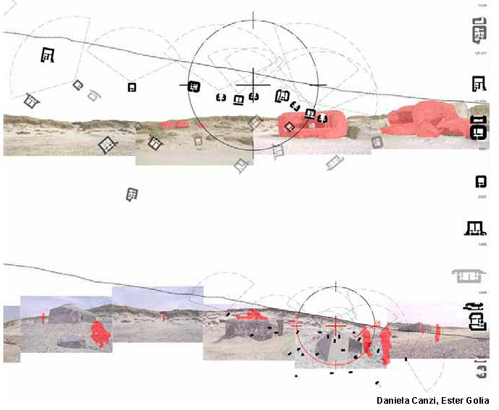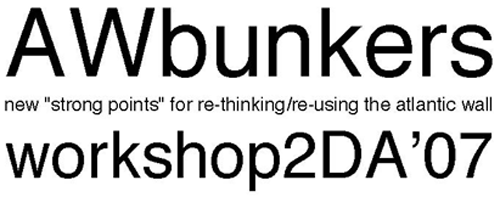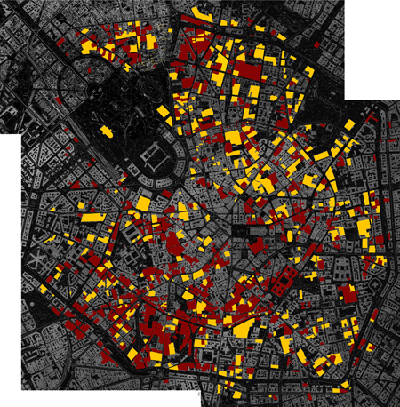ws2DA’07 launching
Monday, March 5th, 2007070305: today the ws2DA’07 was lauched and three documents were presented.
01-sitepresentation, an overview of the working site: Rinkoping fiord on the west coast of Denmark.
02-launching, the brief: commenting & giving tips about the schedule to follow.
03-sequenceofpossibilities, a sequence of possibilities/suggestions: examples of what has been done so far as a starting point for personal deepening.
Tomorrow, there will be the general introduction over the Atlantic Wall project: an over view about the difensive infrastructure and about the research project The Atlantic Walla Linear Museum (www.atlanticwall.polimi.it)
we will keep the blog updated: don’t miss any news and don’t forget key links:
web posts: CATEGORY ws2DA’07
download materials: link to archive






